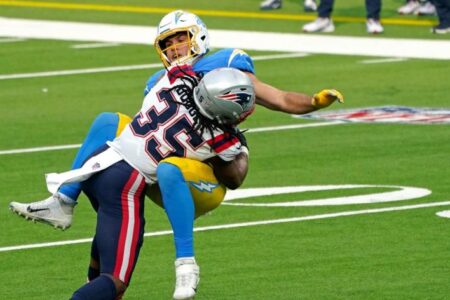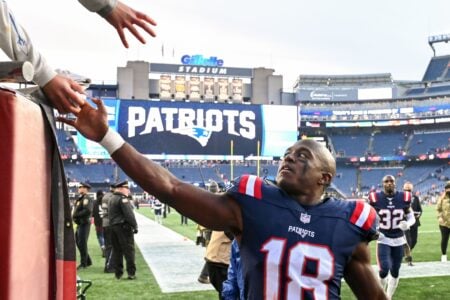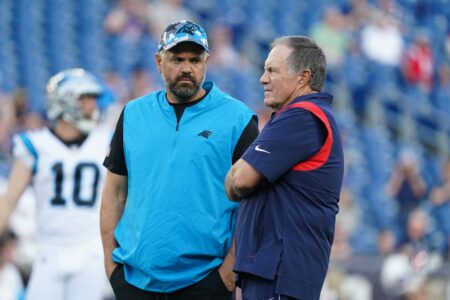Every team is given 125 mil that's the cap and maybe the Pats spend to the cap or near it but its the BONUS money that they won't spend which either retains your own good players or be a player in FA. When your the 3rd wealthiest team in the league with the 2nd highest ticket prices in the league your fans deserve better. I also so the Curran quote about spending the last five years and I think that's strictly the cap I want to know how much bonus money was spent the last 4 years.The best discussion occurred when Felger's dumbass tried to argue with Jonathan Kraft and then we got:
http://www.patsfans.com/new-england...89-jonathan-kraft-felger-mazz-last-night.html
The patriots spend to the cap, and that is the maximum allowed.
SITE MENU


















